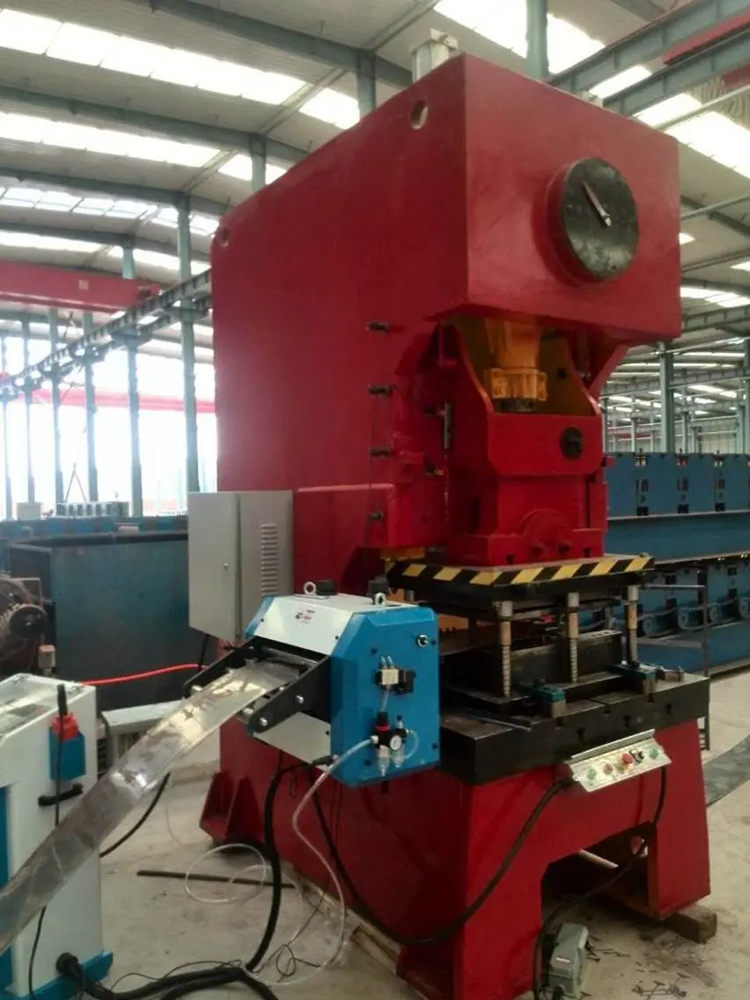
Channel Roll Forming Machine Innovations in Metal Fabrication
In the realm of metal fabrication, the channel roll forming machine stands as a pivotal technology, transforming flat metal sheets into precisely formed channels that are integral to various industries. This machine employs a series of rollers to gradually shape the metal, enhancing production efficiency and reducing waste. This article delves into the significance, working principles, and advancements associated with channel roll forming machines.
The Significance of Channel Roll Forming
Channel sections are extensively used in construction, automotive, and manufacturing sectors due to their excellent strength-to-weight ratio and versatility. They serve multiple purposes, from structural support beams to brackets in machinery. The demand for these components has driven innovation in the roll forming process, enabling manufacturers to produce complex shapes with high precision.
Traditionally, the fabrication of channel profiles involved more manual labor and secondary operations, which could lead to inconsistencies and higher costs. The introduction of roll forming technology has revolutionized this process, allowing for seamless production with heightened accuracy and repeatability.
How Does a Channel Roll Forming Machine Work?
At its core, a channel roll forming machine consists of multiple pairs of rollers arranged in a sequence designed to progressively shape the flat metal sheet
. The process begins with the raw material—usually steel, aluminum, or galvanized metal—being fed into the machine. Here’s a step-by-step breakdown of the operation1. Feeding The flat metal sheet is fed into the machine, where it is aligned and held in place. 2. Roll Forming As the metal passes through the series of rollers, each pair shapes the material into a more defined channel profile. These rollers are meticulously engineered to control the curvature and dimensions of the final product accurately.

3. Cut-to-Length Once the desired shape is formed, the channel is cut to the required length using automated cutting systems, which can include shear blades or saws.
4. Quality Control Throughout the process, quality control measures are implemented to ensure that the dimensions and quality of the channels meet industry standards. This may involve measuring the thickness, width, and length, as well as visual inspections for defects.
Advancements in Channel Roll Forming Technology
Recent innovations have significantly improved the efficiency and capabilities of channel roll forming machines. Computer Numerical Control (CNC) technology has enhanced precision, allowing for complex designs and modifications to be made effortlessly. Additionally, the integration of automation and robotics in the production line is helping to streamline operations, reduce labor costs, and minimize human error.
Moreover, advancements in materials science have led to the development of stronger, lighter alloys that can be processed with roll forming machines. This expands the potential applications of channel profiles in industries such as aerospace and renewable energy, where weight and strength are critical factors.
Another remarkable trend is the focus on sustainability, with manufacturers increasingly adopting eco-friendly practices in their production processes. This includes recycling scrap material generated during production and utilizing energy-efficient machines that minimize waste and reduce the carbon footprint.
Conclusion
In summary, the channel roll forming machine is an essential component of modern metal fabrication, enabling industries to produce high-quality channel profiles with remarkable efficiency. As technology continues to evolve, we can expect further enhancements in precision, automation, and sustainability in this essential manufacturing process. The future of channel roll forming looks bright, presenting exciting opportunities for innovation and growth in various sectors.